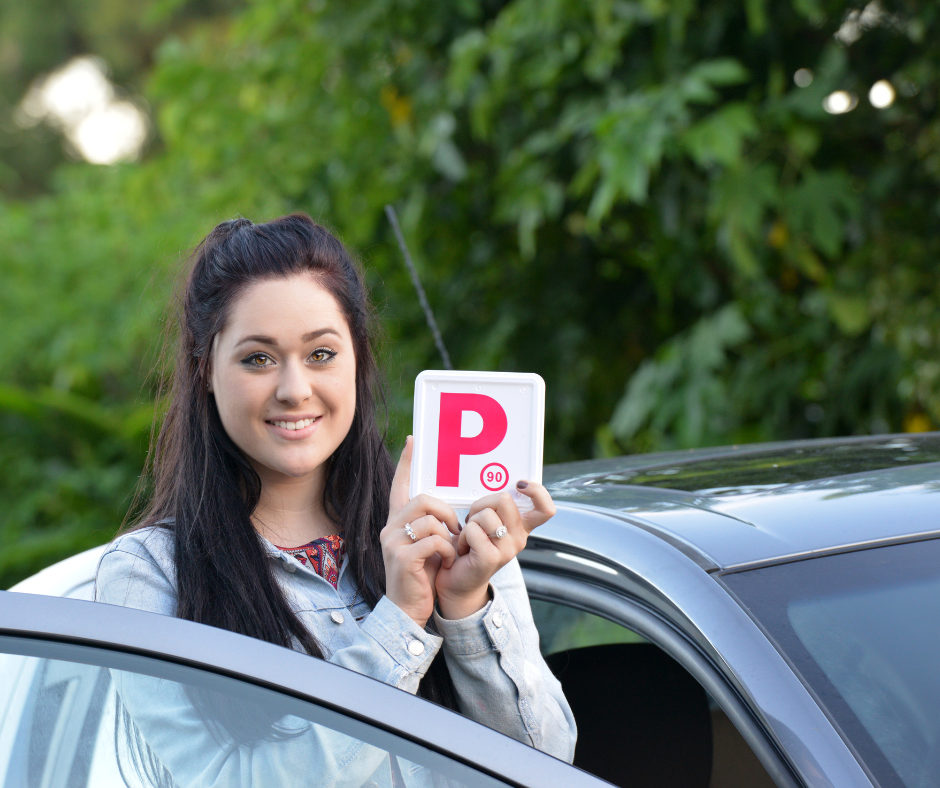
By following these essential car safety tips, P plate drivers can help ensure their safety and the safety of others while on the road. Safe driving habits not only reduce the risk of accidents but also contribute to a smoother and more enjoyable driving experience for everyone.
- Know Your Vehicle
As a P plate driver, it’s crucial to familiarize yourself with your car’s functions and capabilities. Take the time to understand basic maintenance tasks like checking oil levels, tire pressure, and brake fluid. Knowing your vehicle’s limits can help prevent accidents and keep you safe on the road.
2. Obey Speed Limits
Speeding is a leading cause of accidents, especially among inexperienced drivers. Always adhere to posted speed limits and adjust your speed according to road conditions, such as rain or traffic congestion. Remember, it’s better to arrive a few minutes late than risk your safety and the safety of others.
3. Avoid Distractions
Distractions behind the wheel, such as texting, eating, or adjusting the radio, can significantly impair your ability to react to potential hazards. Keep your focus on the road at all times and minimize distractions by stowing away your phone, finishing meals before driving, and setting up your music or navigation system before you start driving.
4. Maintain a Safe Following Distance
Rear-end collisions are common among new drivers who fail to maintain a safe following distance. Always keep a safe distance between your car and the vehicle in front of you, allowing ample time to react to sudden stops or changes in traffic flow. A good rule of thumb is to maintain at least a three-second gap under normal driving conditions.
What is a three-second gap?
The three-second gap is the amount of time it’ll take before your vehicle reaches the vehicle in front of you at any speed. When travelling at 60km/h, this is around 50 metres which averages to around 10 car lengths.
Read more about 3 Second Gap Here.
5. Practice Defensive Driving
Defensive driving involves anticipating potential hazards and taking proactive measures to avoid them. Stay alert, scan the road ahead, and be prepared to react to the actions of other drivers. Avoid aggressive maneuvers, such as tailgating or weaving in and out of traffic, and always yield the right of way when necessary.
Know more about Road Safety here.



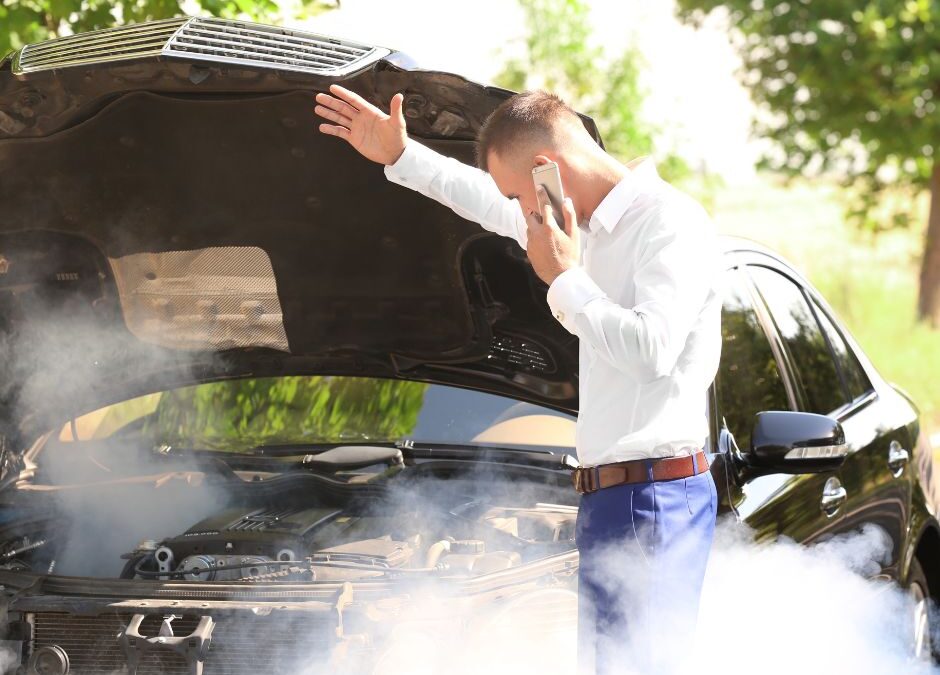

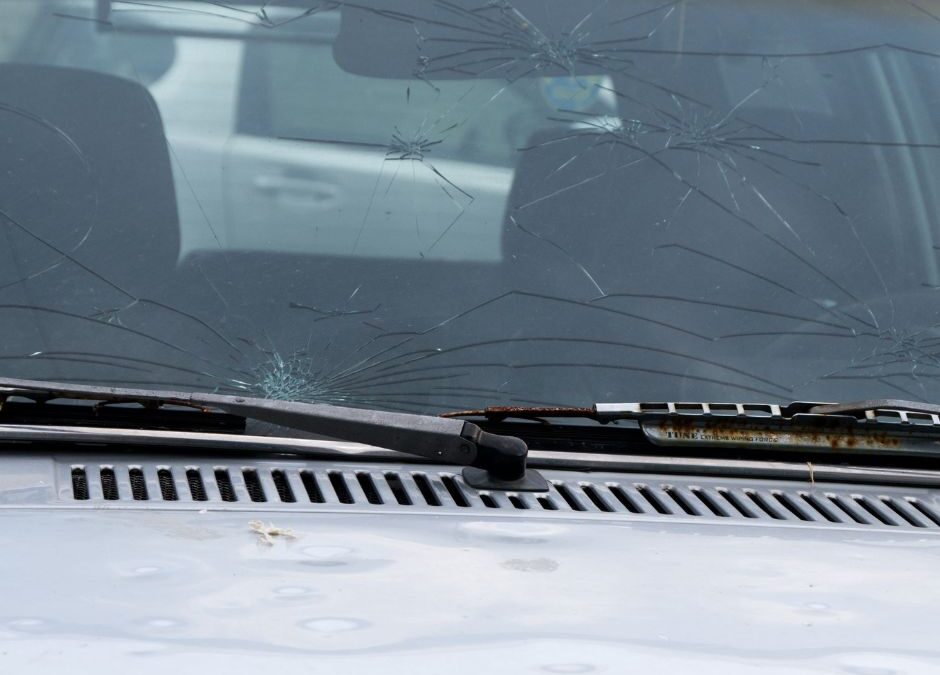
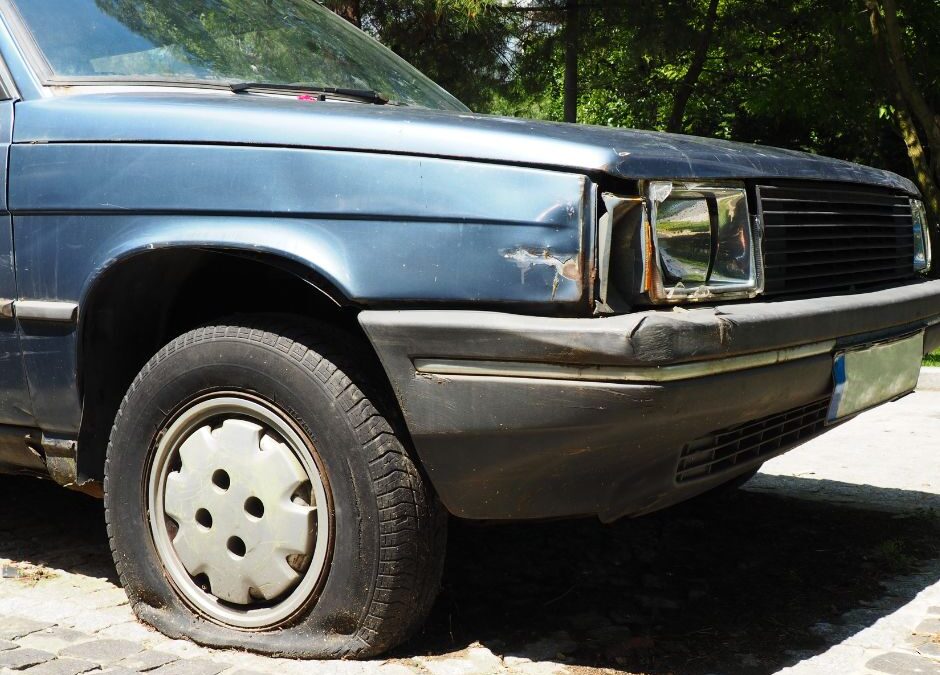

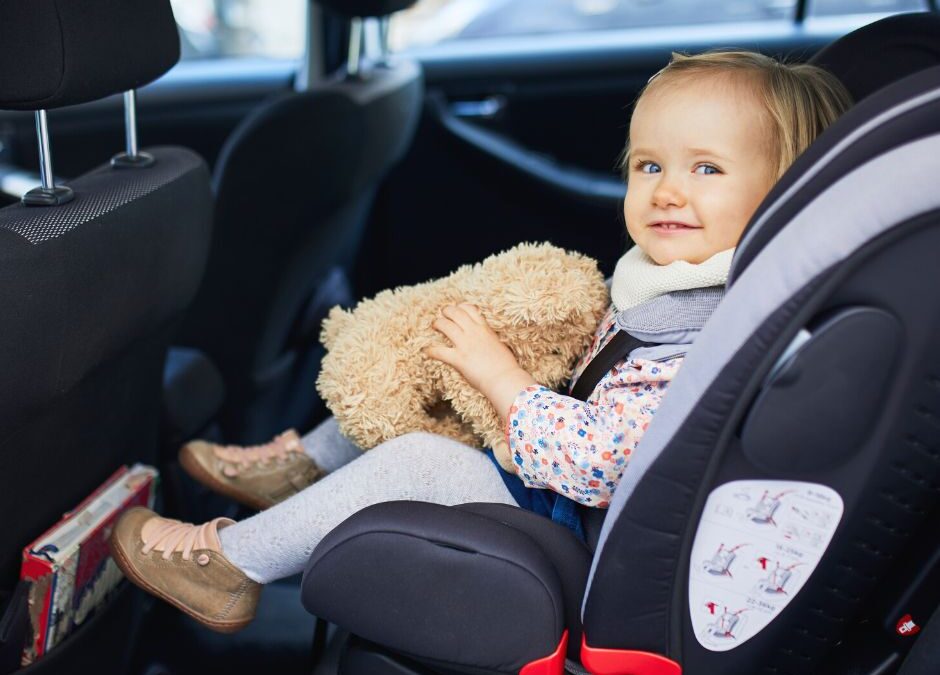


0 Comments